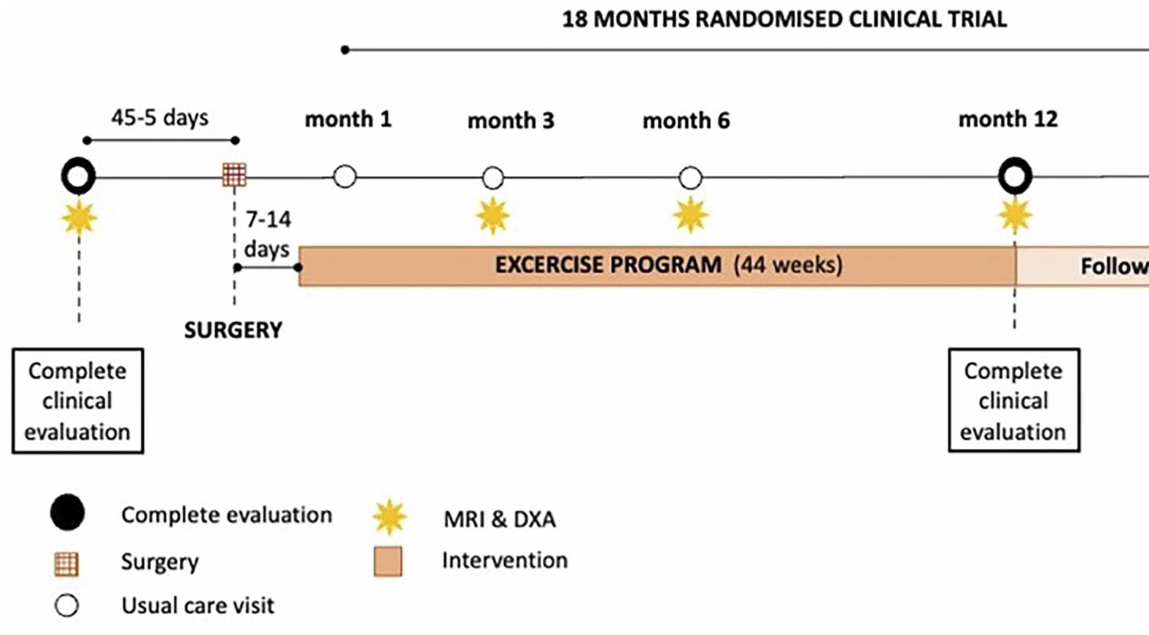Prevention of sarcopenia in patients with obesity after bariatric and metabolic surgery: The effect of programmed training on the muscle tissue and anthropometric functions – A randomized controlled trial (SarxOb study protocol)
DOI:
https://doi.org/10.17305/bjbms.2022.7786Keywords:
Sarcopenia, exercise, bariatric, metabolic, surgeryAbstract
Obesity is a serious metabolic disease that significantly increases cardiovascular risks and other health complications. Sarcopenia is an independent risk factor for morbidity and mortality in patients suffering from obesity that increases the health risks and is associated with cardiac, respiratory and other diseases. Bariatric and metabolic surgery (BMS) leads to significant changes in body composition. Our pilot study showed that bariatric patients are at risk of sarcopenia after BMS. This finding resulted in a hypothesis that an exercise plan in the experimental group will lead to postural stabilization and a lower decline in muscle homotopy, further leading to a greater reduction in fat mass and a positive effect of exercise on skeletal muscle volume and strength and endocrine-metabolic function. The aim of the present study is to determine the effect of programmed aerobic and strength training on muscle function, volume, and morphology in patients after BMS. The study is a single-center, randomized clinical trial after sleeve gastrectomy focused on muscle tissue. The experimental group will perform targeted physical activity once a week for 12 months and the training plan will include anaerobic and aerobic components. Magnetic resonance imaging of skeletal muscles will be correlated with the values of densitometry examination and changes in body composition, certain blood parameters of myokines, biomechanical analysis of movement abnormalities, and behavioral and dietary counseling. This study will address the research questions about the effect of programmed training on muscle tissue and muscular functions after BMS.
Citations
Downloads

Downloads
Additional Files
Published
Issue
Section
Categories
License
Copyright (c) 2022 Marek Bužga, Matej Pekar, Jaroslav Uchytil, Veronika Horká, Jan Malůš, Dominik Vilímek, Zdeněk Švagera, Petr Kutáč, Pavol Holéczy

This work is licensed under a Creative Commons Attribution 4.0 International License.
How to Cite
Accepted 2022-07-21
Published 2023-03-16









